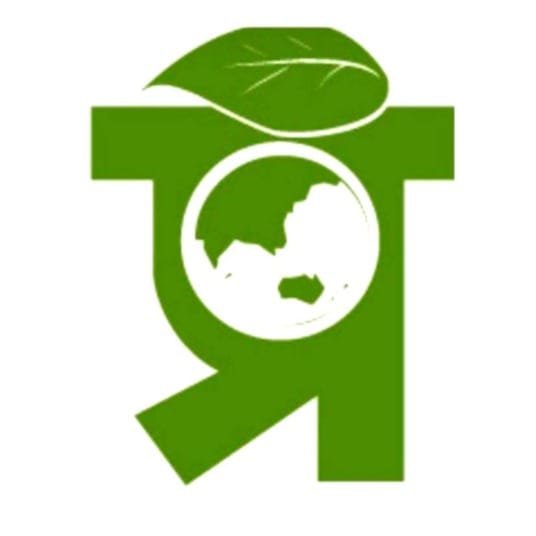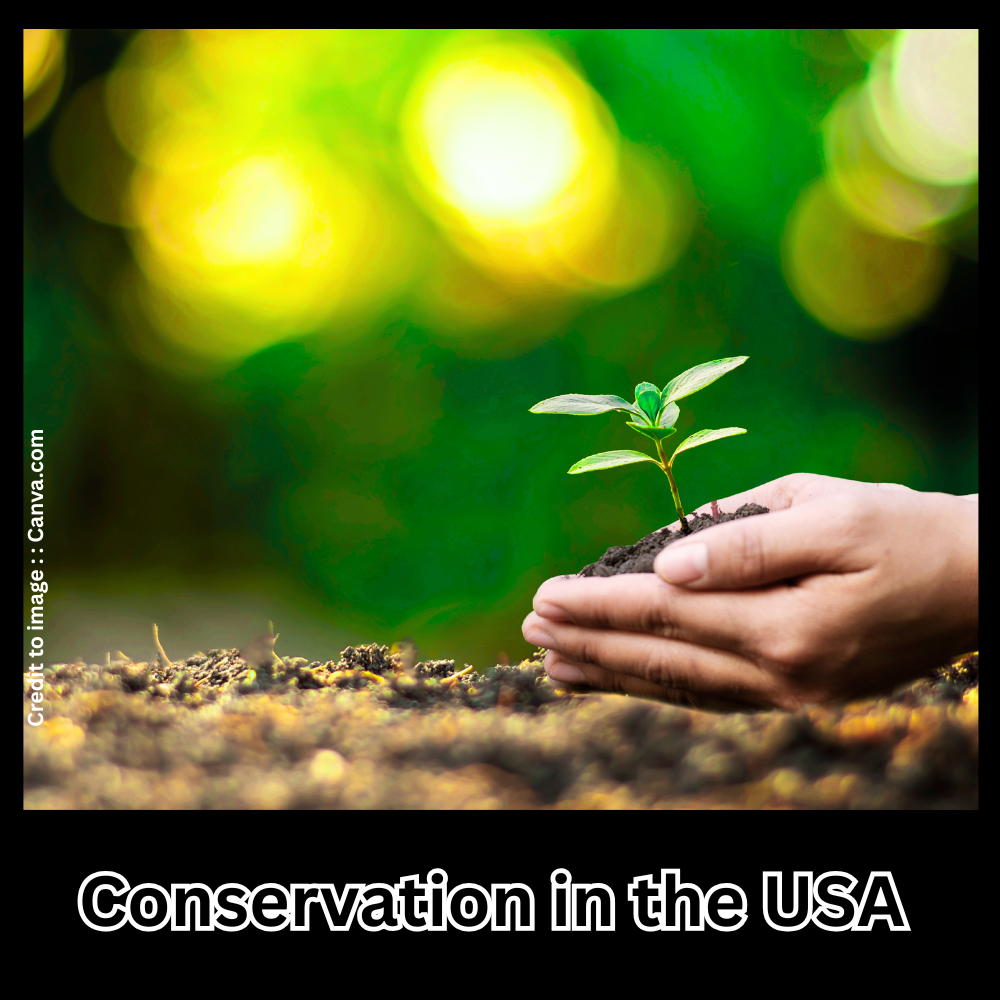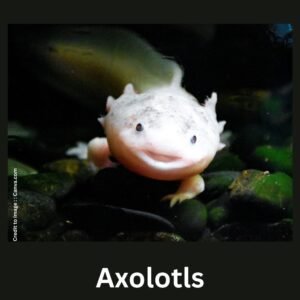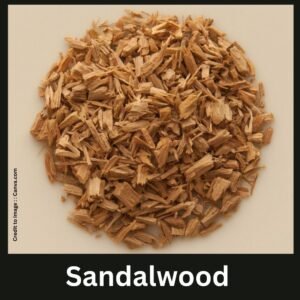Conservation in the USA plays a pivotal role in safeguarding natural resources, protecting biodiversity, and ensuring environmental sustainability for future generations. Spanning across diverse ecosystems—ranging from forests and wetlands to coastal zones and grasslands—American conservation efforts address challenges such as habitat loss, climate change, pollution, and overexploitation of resources. This paper provides an in-depth overview of conservation strategies in the USA, supported by scientific data and SEO-driven insights. It explores federal and state-level initiatives, non-governmental contributions, and community-based programs, while highlighting success stories and persistent gaps. Data tables present trends in wildlife population recovery, land and water protection, renewable energy integration, and waste reduction.
The discussion also examines the role of modern technology, such as GIS mapping and AI-driven environmental monitoring, in shaping conservation policies. Finally, it calls for enhanced collaboration among government agencies, environmental organizations, and the public to create a unified national conservation framework that can inspire global action.
Table of Contents
- Introduction
- Conservation Coverage in the U.S. — Data Overview
- Key Conservation Programs & Legislation
- Regional & State-Level Conservation Highlights
- Protected Areas: Lands, Wilderness & Marine Zones
- Emerging & Technological Conservation Measures
- Summary & Reflections
- Conclusion & Policy Appeal
- Frequently Asked Questions (15)
- References
1. Introduction
Conservation in the United States encompasses protecting ecosystems, wildlife, forests, and waters through coordinated efforts across federal, state, tribal, and private sectors. Initiatives range from safeguarding biodiversity and endangered species to combating habitat loss, light pollution, and climate change. Strategic policies and modern technologies now drive these efforts to ensure lasting impact.
2. Conservation Coverage in the U.S. — Data Overview
| Conservation Type | Extent / Detail |
| Permanently protected land & inland water (GAP 1 & 2) | ~12.9% (~316 million acres) |
| Multi-use protected areas (GAP 3) | ~17%, adding layers of sustainable use |
| Acres under conservation easements (as of 2022) | ~13 million acres |
| Federal farmland conservation i.e. (CRP, CSP, EQIP) | More than 132 million acres enrolled |
3. Key Conservation Programs & Legislation
- Great American Outdoors Act (2020): Permanently funds the Land and Water Conservation Fund ($900M/year) and allocates $9.5B for maintenance of national parks and public lands .
- Thirty by Thirty Initiative: Aims to conserve or restore 30% of U.S. lands and waters by 2030, guided through the America the Beautiful framework and tracked via the Conservation.gov Atlas .
- Inflation Reduction Act Conservation Funding: Provides billions ($19B+) through 2026, supporting programs like EQIP, CSP, RCPP, and ACEP .
4. Regional & State-Level Conservation Highlights
- State Conservation Rates (GAP 1 & 2 vs. GAP 3): Alaska tops with ~36% in strict protection, while states like Idaho (GAP 1&2: 14.7%, GAP 3: 53.1%) and Utah (GAP 1&2: 12.8%, GAP 3: 55.5%) show high conservation through multiple-use lands .
- Private Land Conservation: Conservation easements are a durable tool—over 13 million acres protected as of 2022 .
- Farmland Conservation: Federal multiple programs collectively protect more than 132 million acres of agricultural land in USA .
- Top States for Parks & Wildlife Areas: Alaska (39.4%), California (19.7%), and Hawaii (17.7%) lead in proportion of land dedicated to parks and wildlife .
5. Protected Areas: Lands, Wilderness & Marine Zones
- National Wilderness Preservation System: Comprises 806 areas, covering about 4.5% of U.S. land, managed to remain pristine .
- Marine Protection Ruling: A federal court recently blocked commercial fishing in the Pacific Remote Islands Marine National Monument—370,000 square nautical miles of marine biodiversity now legally protected .
- Species Protection Disparities: Despite 1,700+ species listed under the Endangered Species Act, funding is heavily skewed—e.g., salmon and steelhead get half of the $1.2B annual funding, while numerous plants and invertebrates remain underfunded .
- Monarch Butterflies: Set to be added to the threatened species list by end of 2025, with 4,395 acres in California designated as critical habitat .
6. Emerging & Technological Conservation Measures
- Conservation.gov & Atlas: Launched under the Biden Administration to support community-led conservation via data tools, mapping, and shared resources .
- Wildlife Migration & Habitat Connectivity: USDA formalized policies to protect movement corridors and enhance collaboration among stakeholders .
- Budget & Staffing Challenges: Budget cuts under the Trump-era left National Parks in “survival mode,” reducing staff and impairing conservation operations .
- Light & Sound Pollution Efforts: A small NPS division protecting natural acoustics and night skies is threatened by proposed budget cuts, which may impair habitat conditions for nocturnal wildlife .
7. Summary & Reflections
The U.S. has made significant strides in conservation—through federal land protections, private easements, and programmatic investments. Yet funding imbalances, habitat connectivity challenges, and administrative constraints pose ongoing threats. Success relies on unified, technologically informed, and equitable policy reinforcements.
8. Conclusion & Policy Appeal
By Prakriti Darshan – Nature and Environment Magazine
We urge UNEP, UNDP, national governments, and environmental ministries worldwide to support a robust, globally integrated conservation framework that:
- Champions the 30% land-and-water protection target by 2030.
- Prioritizes equitable funding across species, including lesser-known flora and fauna.
- Supports locally led conservation, habitat connectivity, and Indigenous stewardship.
- Secures stable funding streams for park infrastructure, staff, and anti-pollution units (e.g., NSNSD).
- Celebrates public access and scientific engagement via digital tools like Conservation.gov.
Let us act boldly to safeguard North America’s biodiversity and inspire global action.
9. Frequently Asked Questions (15)
What is GAP Status?
GAP codes classify lands by conservation intent—from strict protection (1 & 2) to multi-use (3).
How much U.S. land is permanently protected?
Approximate 12.9% (~316 million acres) under GAP 1 & 2 .
What is Conservation.gov?
A federal portal supporting community-driven conservation and tracking America the Beautiful goals .
What’s the 30 by 30 initiative?
Thirty by thirty initiative is A national goal of USA . To conserve or restore 30% of U.S. lands and waters by 2030 .
What is the Great American Outdoors Act?
A 2020 landmark law funding park maintenance and the Land & Water Conservation Fund .
FAQ
How do farmland programs aid conservation?
CRP, CSP, EQIP and others protect working and retired lands—over 132 million acres .
Which states conserve the most land?
Alaska (~39%), California (~20%), and Hawaii (~18%) are among the top .
Are there designated wilderness areas in the U.S.?
Yes—806 areas preserving natural ecosystems (~4.5% of U.S. land) .
What marine protections exist?
Fishing has been banned in the Pacific Remote Islands Monument by judicial ruling .
Is conservation funding equitable across species?
No—funding heavily favors well-known species like salmon, while many get little to none .
FAQ
What’s next for monarch butterflies?
They are slated for Endangered Species Act protection, with designated habitat in California .
How does technology support conservation?
Tools like Conservation.gov Atlas and habitat mapping enhance planning and transparency.
What challenges do national parks face?
Staffing and funding cuts have strained operations and oversight .
Is light and sound pollution addressed?
Yes, via specialized NPS divisions—but threatened by funding cuts .
How can individuals help?
Support conservation policy, visit parks responsibly, volunteer locally, and advocate for equitable biodiversity funding.
10. References
- USGS GAP & Protected Lands Data
- Conservation.gov & America the Beautiful Initiative
- Inflation Reduction Act Conservation Funding
- Great American Outdoors Act (2020)
- USDA Farmland Conservation Programs
- State Parks & Wildlife Area Statistics
- National Wilderness Preservation System
- Court Ruling on Pacific Remote Islands Marine Conservation
- AP Reports on Species Funding Equity
- Monarch Butterfly Protection Listing
- NPS Budget & Staffing Coverage
- Natural Sounds & Night Skies Division
PRAKRITI DARSHAN-NATURE AND ENVIRONMENT MAGAZINE
Prakriti Darshan is a leading Hindi-language magazine and digital platform dedicated to raising public awareness on vital issues related to nature, biodiversity, climate change, sustainable development, and environmental conservation. This magazine represents a unique blend of science, society, and sensitivity—offering a common platform for researchers, students, NGOs, policymakers, nature lovers, and conscious citizens alike.
With thought-provoking articles, inspiring stories, environmental research, impactful projects, and policy perspectives, Prakriti Darshan is a transformative journey toward a greener and more sustainable future.
Let us come together to protect and preserve our planet for generations to come. 🌿🌍
Join us in our mission to protect and celebrate the planet. 🌏💚
Click for more information
- Visit www.prakritidarshan.com for Free Magazine ,Free membership benefits ,offered price magazine @ Rs.1 or Rs.11 only and more ……
- 🎗️Sponsor Prakriti Darshan Magazine – Support our environment mission.
- 📚 Explore the Environment Magazine – Read our latest and past issues.
- ✍️ Read Editor’s Article or Blog – Insightful thoughts from our editorial desk.
- 🌱 Join Membership – Be part of India’s leading green community.
- 🤝 Become an NGO Impact Story Partner – Share your grassroots impact nationwide.
- 🏢 Become a Company Partner – Showcase your CSR, ESG, or sustainability work.
- 👤 Become an Individual Partner – Volunteer, write, and raise your green voice.
- 📢 Advertise with Us – Reach eco-conscious readers across India.
- Eco Trails Newsletter
- Donate for “Hari Ho Vashundhara & Har school Hariyali “ Plantation campaign Associated Partner NGO :GDSS NGO www.gdssngo.org
BALA DATT SHARMA,
MANAGING EDITOR ,
PRAKRITI DARSHAN-NATURE AND ENVIRONMENT MAGAZINE
- Drake Passage: The World’s Roughest Sea Route Between Atlantic and Pacific Oceans - August 22, 2025
- Top 10 Natural Parks in the USA: Biodiversity, Geography & Global Relevance - August 21, 2025
- Exploring the Best Natural Parks in USA: Biodiversity, Sustainable Tourism, and Role in SDGs - August 21, 2025







